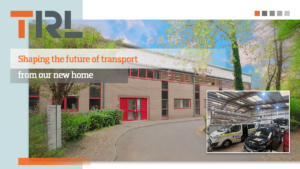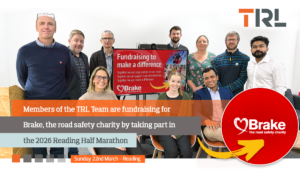The University of Nottingham has joined a new, national initiative to develop a blueprint and business model aimed at making self-driving transport a future reality in cities across Britain.
The ServCity research project aims to help city authorities, policy-makers, budget holders, transport providers and technology-makers successfully incorporate autonomous vehicle technology into urban transport networks.
Over the next 30 months, the University of Nottingham, Nissan, Hitachi, the Connected Places Catapult and TRL will develop practical guidance on the best business models to make driverless transport both technically- and economically-viable.
Through a combination of test simulation, end-user experience research and real-world trials using driverless taxis within London, ServCity aims to overcome common barriers to adoption – such as public scepticism – to make the disruptive technology common place.
Nottingham’s Human Factors Research Group will employ applied field-based research methods and technologies such as virtual reality, prediction and simulation systems within their lab to support the optimum design and implementation of an intelligent mobility service.
“There are unanswered questions about how self-driving vehicles will function in the real world, in particular, their abilities to convey their intentions to humans in busy, complex environments,” explained Gary Burnett, Professor of Transport Human Factors. “For instance, how do pedestrians know if a driverless taxi is going to start moving or stop or turn a corner or whether it’s operating in full automated mode? For ServCity, we will use our expertise in conducting and analysing user studies to explore how people might interact with future automated taxis, both as customers and pedestrians.
“Part of our studies will also focus on accessibility. For example, how will someone with visual impairment hail a taxi or a customer with a physical disability be supported to get their luggage in and out of a cab that has no driver? To this end, the theories, models and methods we employ will help to develop a self-driving taxi service that has a user-centred design which considers a broad range of city inhabitants, and their different needs.”






















